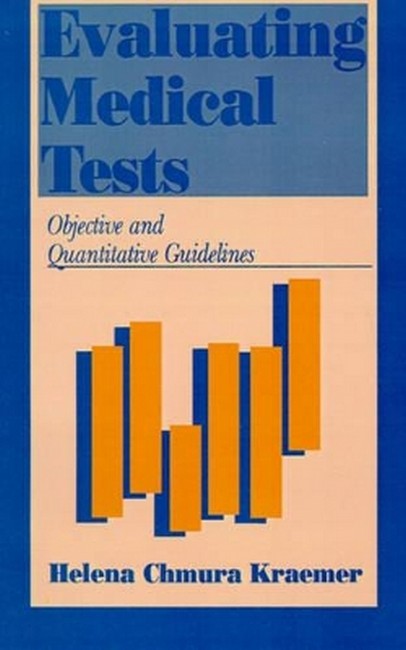Helena Chmura Kraemer is professor emerita of biostatistics in the Department of Psychiatry and Behavioral Sciences at Stanford University. She earned her BA in mathematics from Smith College, attended Manchester University on a Fulbright Scholarship, and received her PhD in statistics from Stanford University. Kraemer's specific research interests include improvement to randomized clinical trial methodology, assessment of reliability and validity of diagnoses and clinical measurement, and developing mathematical models for specific problems in behavioral and clinical research. She has published extensively in the behavioral as well as statistical literature. Kraemer has received the Harvard Prize in Psychiatric Biostatistics and Epidemiology (2001), the Andrew C. Leon Distinguished Career Award (2014), an Honorary Doctor of Science from Wesleyan University (2014), and is a member of the Institute of Medicine, National Academy of Sciences (2003). In retirement, she continues to serve on several editorial boards, and consult on research projects.
Request Academic Copy
Please copy the ISBN for submitting review copy form
Description
Introduction Disorder and Diagnosis Definition Test Protocol, Response, Referent Families of Test Referents Population and Sampling Sensitivity and Specificity The Signal Detection Approach Predictive Values The Bayesian Approach, Risk Ratios and Odds Ratio Efficiency Choosing Clinically Optimal Tests Taking Test Costs into Account Costworthy Tests Basic Issues in Using Multiple Tests Evaluating Batteries of Medical Tests Optimal Sequences Evaluating Batteries of Medical Tests Optimal Scores Evaluating Batteries of Prognostic Tests with Variable Follow-Up Times Evaluation of Medical Tests The Past, Present and Future
"This volume is a pleasure to read. It succinctly combines carefully reasoned conceptualization with the mathematical methods for addressing test evaluation problems. With clinically relevant illustrative examples, it draws on the author's extensive experience and research in biomedical statistics. It is a classic!" -- John Rush, M.D.

